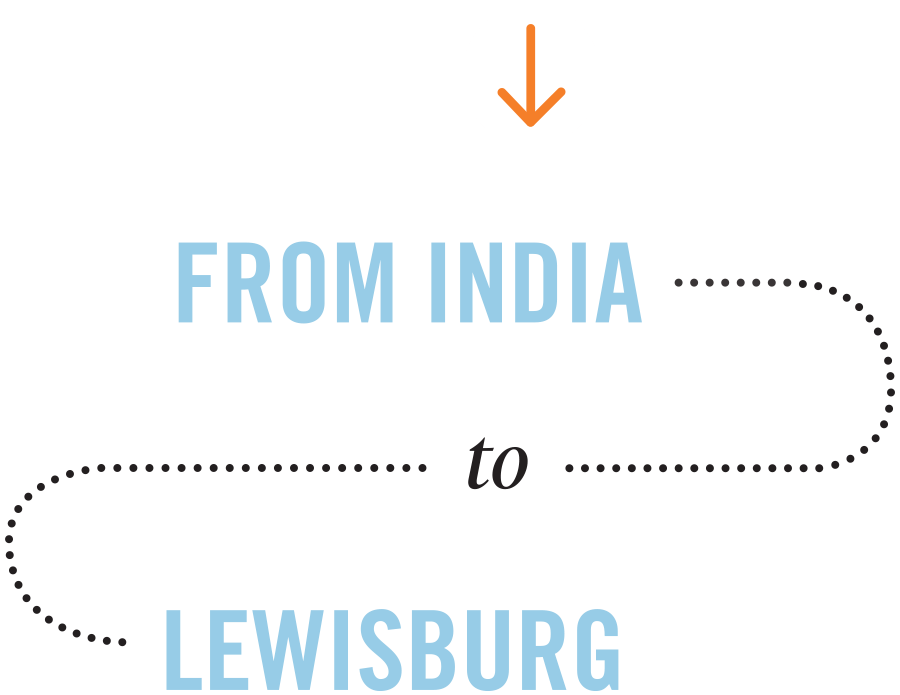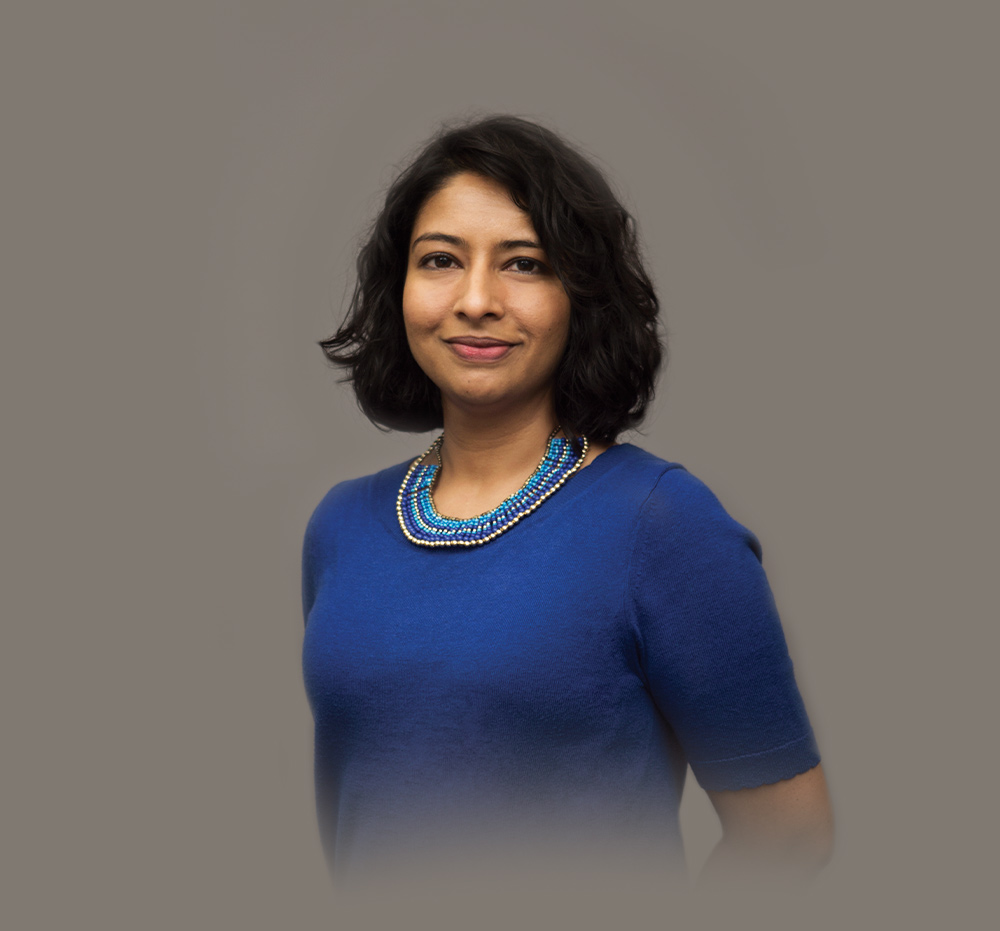
by SUSAN LINDT
Before she was a Bucknell political science professor, Soundarya Chidambaram was interning at a newspaper in her native New Delhi. It was the haunting sight of body bags — the aftermath of a border dispute between Pakistan and India — that made her question the big picture.
“It was a heart-wrenching experience,” she says. “It made me think about the futility of war and what it does to families. I wondered why we couldn’t fight a border dispute without loss of life.”
Chidambaram wanted a broader view of how governments form polices leading to war, so she studied comparative politics. And seeking an outlet for more in-depth writing, she chose academia.
Today in her classroom, Chidambaram challenges students to deconstruct what they think they know about ethnic groups. Her intent is to strip out misconceptions, spur dialogue and offer new perspectives.
Says Chidambaram, “They now have empathy and an inclusive way of viewing other cultures, and that’s how public discourse makes change possible.”


Before she was a Bucknell political science professor, Soundarya Chidambaram was interning at a newspaper in her native New Delhi. It was the haunting sight of body bags — the aftermath of a border dispute between Pakistan and India — that made her question the big picture.
“It was a heart-wrenching experience,” she says. “It made me think about the futility of war and what it does to families. I wondered why we couldn’t fight a border dispute without loss of life.”
Chidambaram wanted a broader view of how governments form polices leading to war, so she studied comparative politics. And seeking an outlet for more in-depth writing, she chose academia.
Today in her classroom, Chidambaram challenges students to deconstruct what they think they know about ethnic groups. Her intent is to strip out misconceptions, spur dialogue and offer new perspectives.
Says Chidambaram, “They now have empathy and an inclusive way of viewing other cultures, and that’s how public discourse makes change possible.”